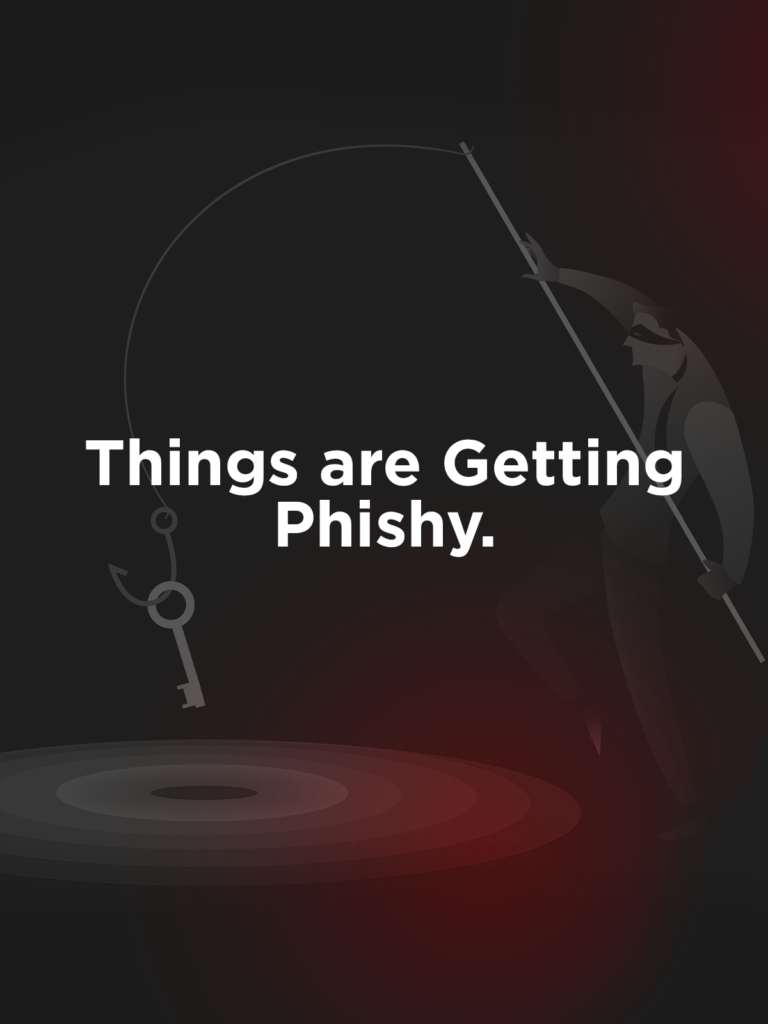
Things are Getting Phishy
Most of us agree interconnected networks and cloud computing benefit organizations.
But, with the move toward further digitization comes increased avenues for cyberattacks. Let’s take a look at one of the most common (and overlooked) threats.